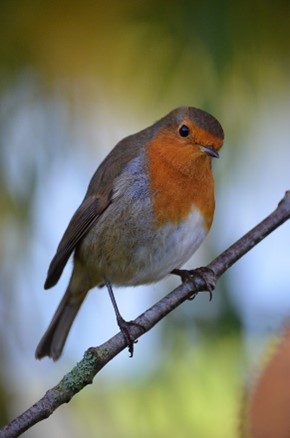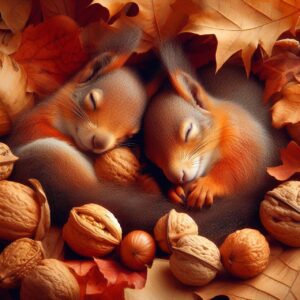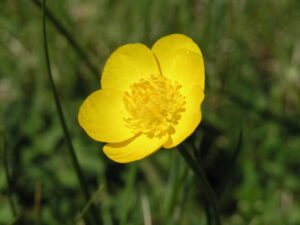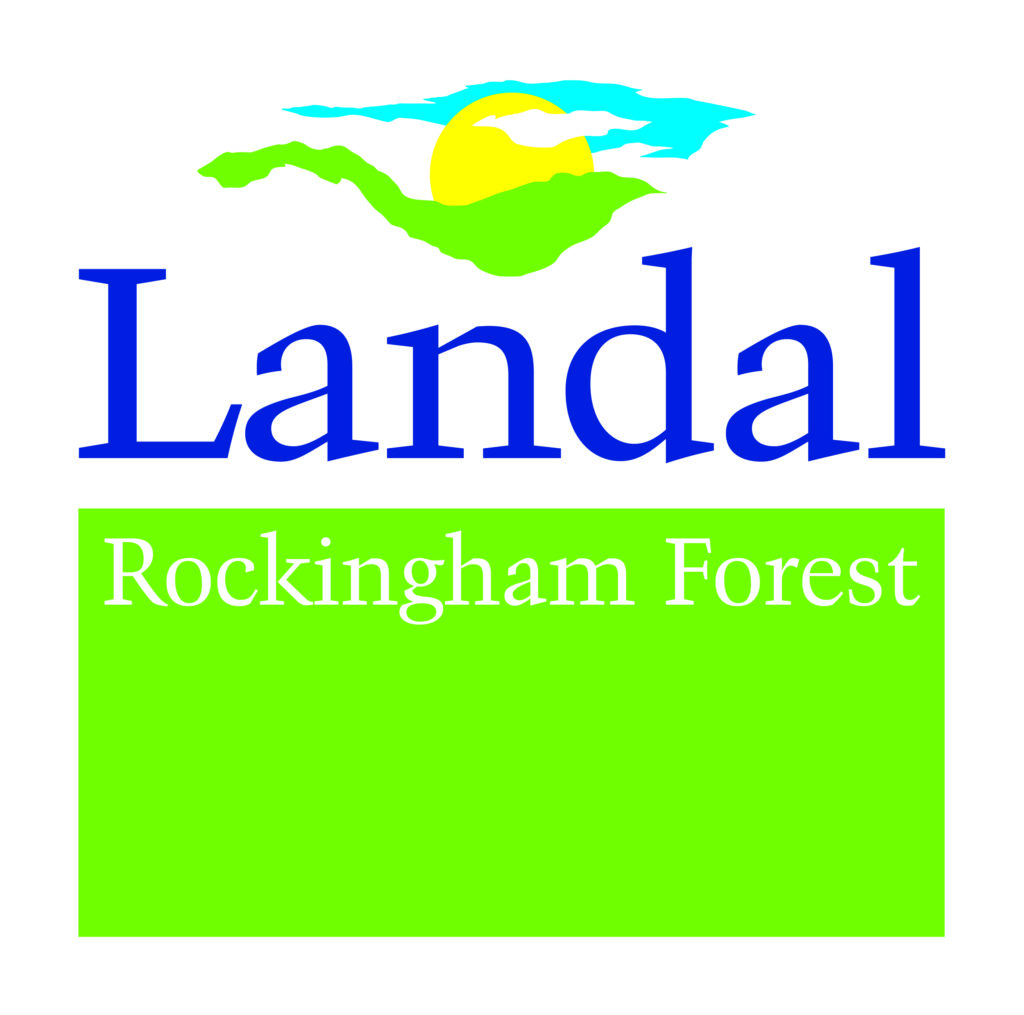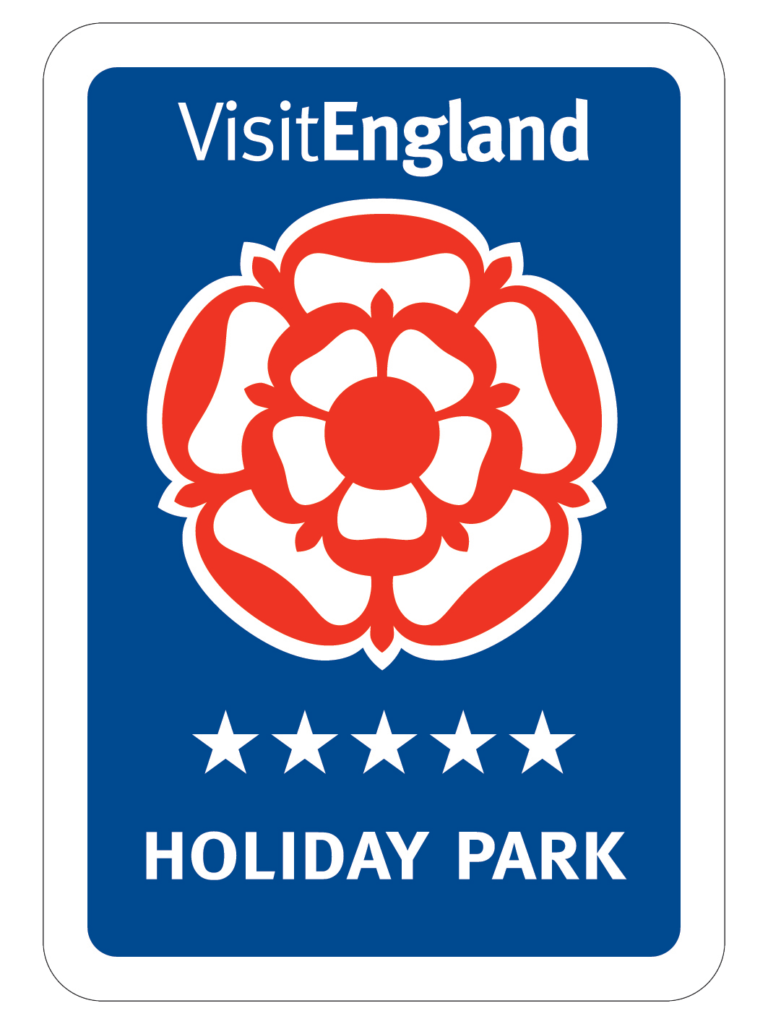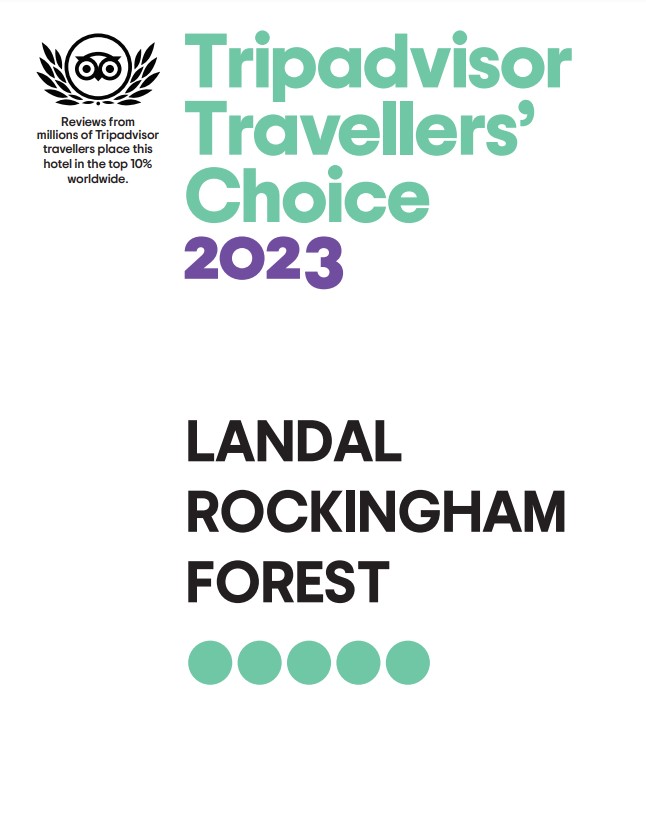The familiar flash of red-breast and sweet song is unmistakable. Here at Rockingham Forest Park we are delighted to say we have had many a sighting of the beautiful Robin, the national bird of Great Britain!
The European Robin, known simply as the Robin or Robin Redbreast is a small insectivorous passerine bird that belongs to the chat subfamily of the Old World flycatcher family. Robins have a habit of perching upright, drooping their wings and cocking their tail, perhaps listening.
We often associate them with Christmas as they become more visible searching for food in our gardens, when breeding they become a little more secretive as food is easily found.
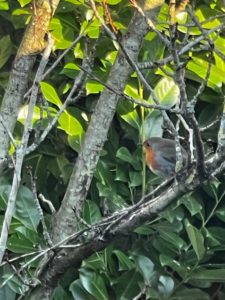
Many people believe that a visit from a Robin is a sign that a lost relative is visiting them, in the spiritual world Robins are viewed as a symbol of visits from our deceased loved ones. The Robin also symbolises new beginnings and life, and is also looked upon by many as a sign of fortune and good luck. Seeing two Robins consequently can indicate that you should share your knowledge.
Robins are also associated with the end of an old phase and the entering of a new one. To see a Robin means you need to let go of what no longer serves you and find something else to bring you joy and happiness.

Robins live across the UK in woodland, hedgerows, parks, and gardens. You can see Robins all year round. At dusk, they often settle around streetlights and sing a chorus or two, this signals winding down and preparing to find a safe spot in which to sleep.
Robins feed on insects (especially beetles) and worms. You might notice one following you about as you dig up your garden hoping to nab a few worms as you unearth them. Robins also eat fruit, suet, crushed peanuts, mealworms, sunflower hearts, and raisins.
The Robin has always lived near humans which answers why they are such tame little creatures. They have a natural inbuilt curiosity, presumably something that enables it to seek novel feeding opportunities.

Written by Faye Mcgregor
